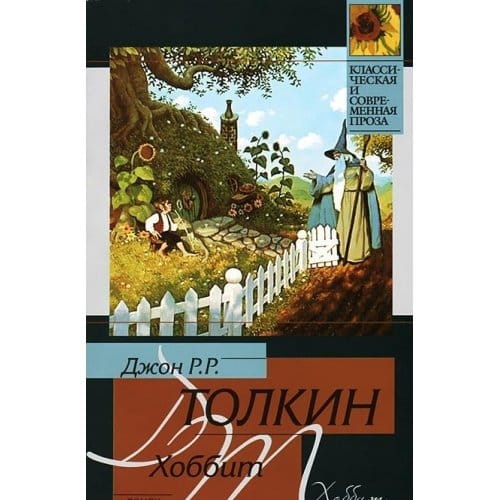Death in Venice: A Deep Dive into Thomas Mann’s Haunting Novella
Explore the plot, themes, and lasting relevance of Thomas Mann's "Death in Venice" in this 800-word deep dive into obsession, beauty, and mortality.

Introduction
Thomas Mann’s 1912 novella, "Death in Venice," continues to fascinate readers more than a century after its publication. A meditation on beauty, obsession, and mortality set against the shimmering backdrop of fin-de-siècle Venice, the story invites endless interpretation. Whether you are a casual reader, a literature student, or a traveler seduced by the city on the lagoon, understanding Mann’s masterpiece can enrich your appreciation of both art and life.
Plot Summary in Brief
At the center of the narrative is Gustav von Aschenbach, a respected German writer facing creative burnout. Seeking renewal, he travels south, eventually reaching Venice, where he encounters Tadzio, a stunningly beautiful Polish boy vacationing with his family. Aschenbach’s fascination with the youth evolves into an obsessive, silent pursuit. Meanwhile, whispers of a cholera outbreak swirl through the city’s humid air. Rather than escape, Aschenbach chooses to stay, surrendering himself to both his infatuation and the encroaching disease, culminating in his quiet death on the Lido beach.
Major Themes
Art, Obsession, and the Ideal
Mann portrays Aschenbach as a disciplined craftsman of words who has spent a lifetime shaping the raw material of experience into polished art. Tadzio, ethereal and unattainable, becomes the embodiment of the perfect form Aschenbach has always chased through prose. The novella questions whether the pursuit of ideal beauty inevitably leads to self-destruction when the artist conflates life with art.
Decadence and Decay
The languid canals, rotting palazzi, and sickly sweet odors of Venice echo Aschenbach’s internal breakdown. Mann employs the city as a symbol of European decadence, capturing a civilization on the brink of irreversible change. The creeping cholera mirrors the moral and physical decay that seeps into Aschenbach’s orderly existence.
The Allure of Youth
In "Death in Venice," youth is simultaneously radiantly alive and fatally elusive. Tadzio never speaks, yet his mere presence destabilizes Aschenbach’s veneer of rationality. The novella interrogates social attitudes toward aging, homoerotic desire, and the sometimes destructive longing to possess what time inevitably steals away.
Literary Style and Technique
Mann blends psychological realism with mythic overtones, sprinkling allusions to Greek antiquity—most notably the tale of Apollo and Dionysus. His prose oscillates between precise, almost clinical observation and dreamlike passages of sensory excess. The omniscient narrator often slips into free indirect discourse, allowing readers to experience Aschenbach’s spiraling thoughts without overt judgment. This stylistic duality reinforces the tension between reason and passion, order and chaos.
Historical and Biographical Context
Written at the cusp of World War I, the novella reflects a Europe rife with anxiety about cultural decline. Mann himself visited Venice in 1911 and was reportedly captivated by a boy resembling Tadzio, lending autobiographical shading to the text. At the time, ideas from Freud about the unconscious and repressed desire were permeating intellectual circles, and Mann’s story channels these currents with uncanny prescience.
Influence and Legacy
"Death in Venice" has inspired countless adaptations, including Luchino Visconti’s lush 1971 film, Benjamin Britten’s 1973 opera, and contemporary dance pieces. Scholars place it alongside works by Oscar Wilde and André Gide in the canon of queer literature, while others discuss it in debates on aestheticism and the morality of art. Its enduring popularity in university syllabi attests to its layered complexity and universal themes.
Why the Novella Still Matters
In an era dominated by instant gratification and curated online personas, Aschenbach’s tragic fixation on an unattainable ideal feels eerily modern. The story cautions against allowing curated images—whether on social media feeds or Venetian promenades—to eclipse lived reality. It also forces readers to confront uncomfortable questions about the ethics of desire, the costs of artistic perfectionism, and society’s uneasy relationship with aging.
Tips for First-Time Readers
To fully experience "Death in Venice," read it in a setting that allows for slow reflection. Pay attention to recurring motifs of water, heat, and mirrors; these atmospheric details foreshadow Aschenbach’s fate. Consider pairing the text with visual art from the Symbolist movement or Gustav Mahler’s music, both of which capture a similar mood of beautiful decline.
Conclusion
Thomas Mann’s "Death in Venice" endures because it distills timeless human contradictions—order versus chaos, youth versus decay, art versus life—into a narrative as delicate and lethal as the city that hosts it. By confronting the perils of obsessive beauty, the novella invites us to balance desire with discernment, reminding us that true mastery lies not in possession but in understanding.



